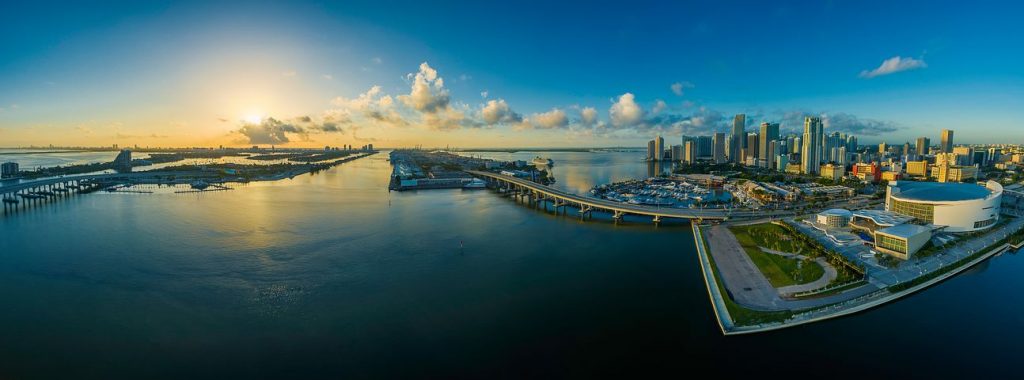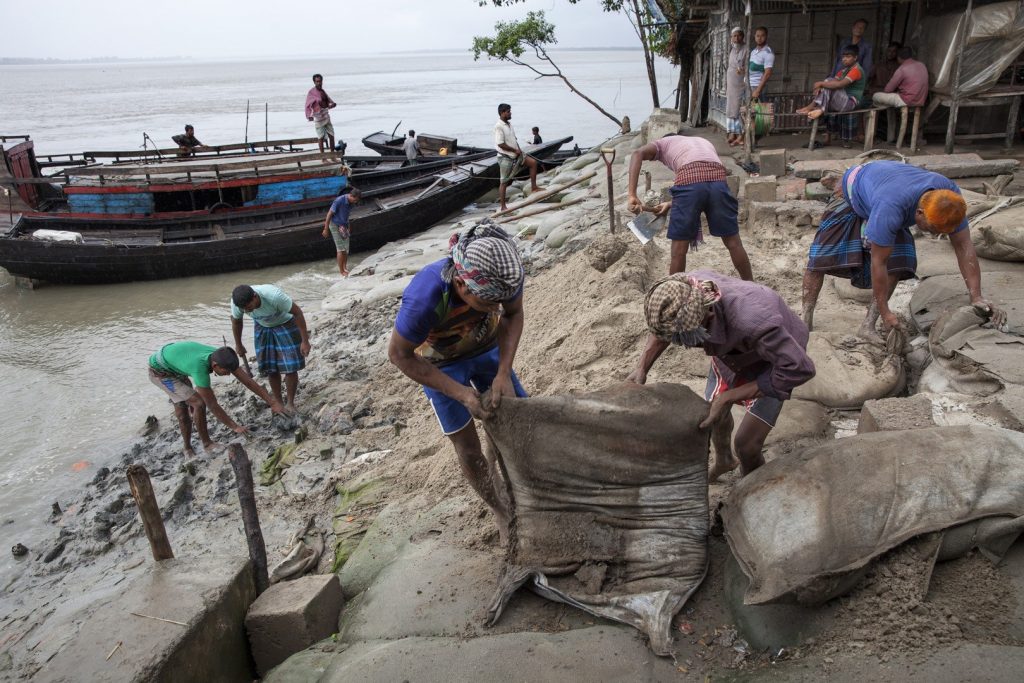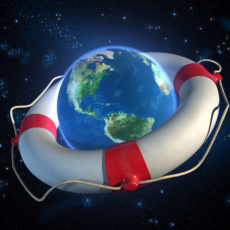
Greenhouse gases are continuing to concentrate at an unprecedented rate in our atmosphere. The main culprits are carbon dioxide (CO2) and methane. By volume, CO2 is the most common greenhouse gas in our atmosphere, accounting for over 75% of total greenhouse gases. At 16%, methane accounts for a considerably smaller percentage of global greenhouse gases, but its potency is 30 times more damaging when compared to an equal amount of CO2. By name, greenhouse gases demonstrate their relationship to the greenhouse effect and rising global temperatures, which cause a host of problems to humans such as drought and heat exhaustion. In addition to these problems, the effects of greenhouse gases on other global issues should not be understated. One of the most direct ways in which the effects of greenhouse gases can be observed is by following headlines related to sea level rise.
The key to understanding the link between greenhouse gases and sea level rise can be found through the relationship between sea level rise and rising global temperatures. When water warms, its volume increases in a process called thermal expansion. NASA findings show that over the past 25 years, the thermal expansion of water has attributed to half of global sea level rise.
Melting ice is responsible for the remainder of global sea level rise. This new water entering the world’s oceans from ice sheets and glaciers offer the clearest way of viewing sea level rise in real time. The majority of this ice melts away from the surfaces of Greenland and Antarctica. Greenland is currently contributing the largest amount of new water to the sea with an estimated 79 trillion gallons added annually. This equates to slightly less than a millimeter increase to the world’s oceans each year.

Not only is the sea rising, but this rise has sharply accelerated over the past 25 years. As a result, adaptation efforts are currently under way in some of the most vulnerable parts of the world.
Profiling two major cities in the United States will give insight into available adaptation efforts. New York City’s current adaptation efforts focus on curtailing the city’s emissions by 80% by 2050 and installing large-scale infrastructure. The BIG U is a project that offers 10 continuous miles of protection around lower Manhattan using a combination of berms, seawalls and vegetation at an estimated cost of $1 billion.
When compared to New York City, Miami is more vulnerable and may need to spend a lot more to keep their land dry. Though Miami is still largely in the planning stage of adapting to sea level rise, a recent study suggested that a seawall for Miami could save the city and surrounding area for the cost of $3.2 billion. The study suggested spending the money by 2040 to give the city a fighting chance.

It is important to recognize however that not all populations facing the problems of sea level rise have billions of dollars to spend. In Bangladesh, sea level rise has forced those who live closest to the sea to leave their homes and migrate somewhere new. The past 10 years have seen nearly 700,000 Bangladeshis displaced by sea level rise and other natural disasters. Globally, sea level rise may cause the migration of millions of people.

Given the information presented, it is clear that addressing sea level rise requires a multifaceted approach. One has to both plan for the immediate future by staging elaborate construction projects and for the long term by eradicating greenhouse gas emissions to truly solve the issue. Reality, however, points to no sharp reduction in greenhouse gas emissions in the near future, so more effort will understandably be directed toward literally keeping the sea at bay. Knowing that sea level rise is occurring in an exponential manner and endangering more people every day, current adaptation successes and failures will help guide future efforts around the world.



